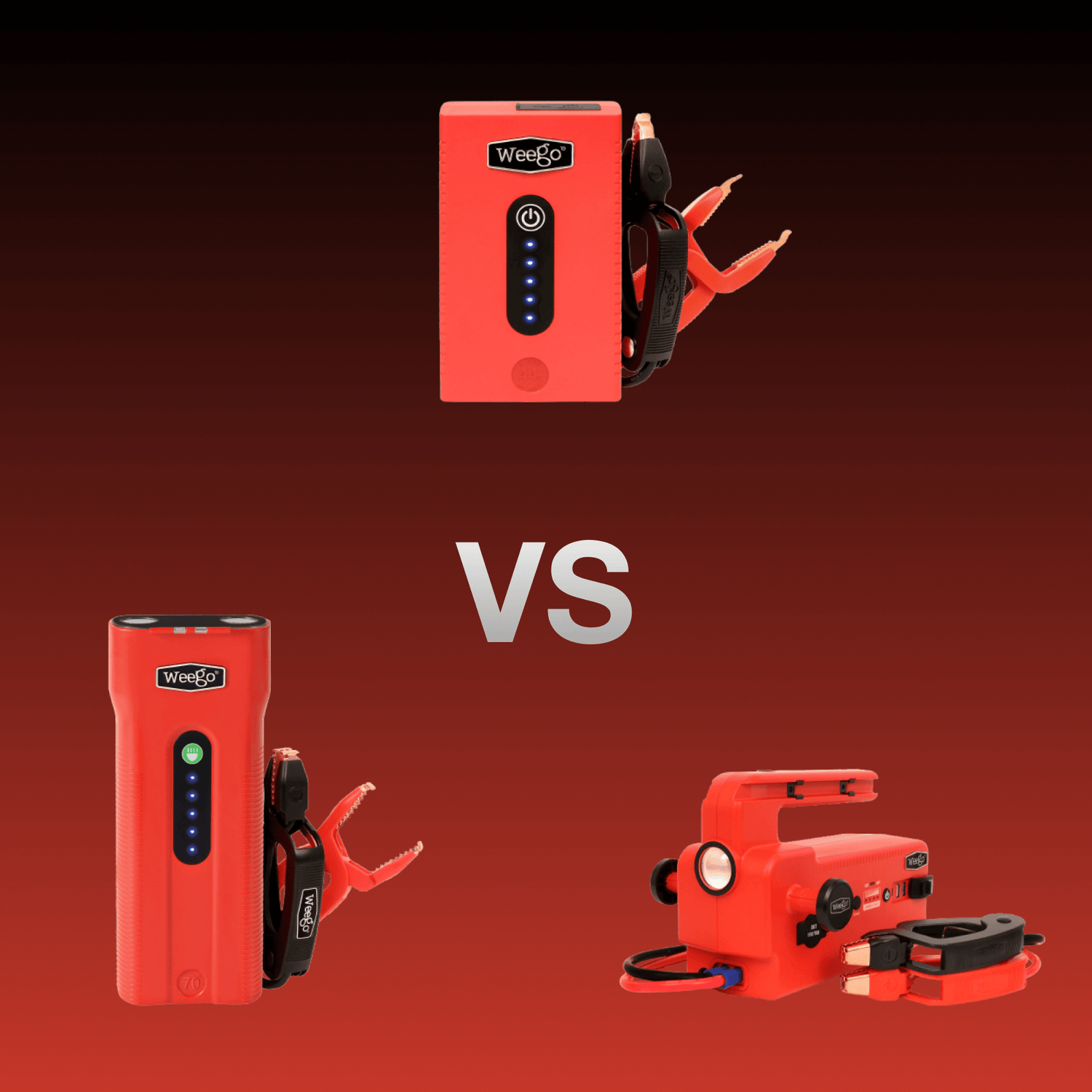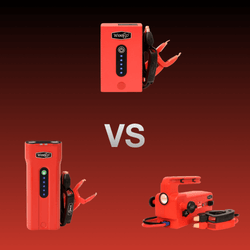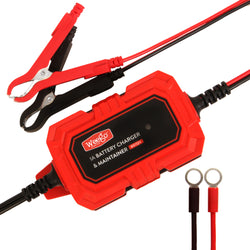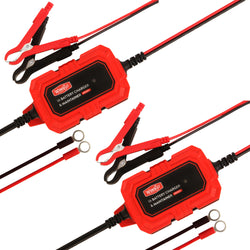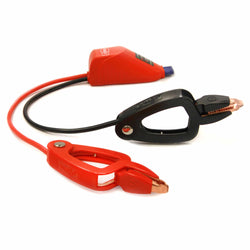Types of Fuel
Regular, Plus, Midgrade, Premium, Super, Super Plus – what’s the best fuel? With the way fuel types are named, it’s easy to assume they’re referring to quality. That’s not the case. Super is no better than Premium, which is no better than Regular. They are all different types of fuel meant for different types of engines. What’s more, using the wrong fuel type can even lead to other problems.
The truth is that the number associated with the fuel type is more telling than the name. Those numbers refer to the amount of octane in the fuel:
· Regular is usually 87 (the lowest octane fuel– 87%)
· Midgrade is usually 89-90 (the middle range octane fuel– 89–90%)
· Premium is usually 91-94 (the highest octane fuel– 91–94%)
What is Octane?
Octane levels determine the amount of compression the fuel and air mixture can handle. The higher the octane level, the more compression the fuel can take before it ignites on its own. When it comes to your gas engine, you don’t want the fuel to ignite on its own – you want the spark to be what’s igniting the fuel. Regular gas has less octane than Super gas, and therefore requires less compression. The more octane you have, the higher compression you need.
In an earlier blog post we explained how engines work – a mixture of fuel and air is injected into a chamber and then compressed. When you compress this mixture, it heats up. Then a spark happens, and the mixture ignites. This ignition of fuel and air is what makes your car move forward. If you compress fuel enough (i.e. apply enough pressure) it will spontaneously ignite – no spark necessary. The compression heats up the fuel, and if the heat gets high enough it will cause the fuel to catch fire.
Can You Use Any Fuel Type for Your Car?
Each engine requires a different type of fuel. Most cars are built with the same standard compression engines, which is why most cars take Regular gasoline; however, more powerful cars are built with higher-compression engines, which is why they require Premium or Super gasoline: the higher-compression engine means you need fuel that’s not going to ignite easily under pressure. If you were to put Regular gas in an engine that requires Premium, you’re going to experience what’s called engine knocking – the premature ignition of fuel in the chambers. The high compression of the engine would ignite the Regular gas before the spark ever happened, meaning the ignition would happen way too early. That’s bad for your engine and would eventually lead to permanent damage. On the other hand, if you put Premium gas in an engine that requires Regular, then the fuel isn’t going to get hot enough, and you’ll create a big inefficiency – not only would you be spending more money on fuel, but you’d be getting a lower gas mileage too. Not very economic. You can usually find the type of fuel your car requires in the owner’s manual.
So all these words really boil down to one, important point – always stick to the fuel grade recommended for your vehicle; no good comes from using a different type of fuel!
Looking for more ways to care for your car? Check out our jump starters:
